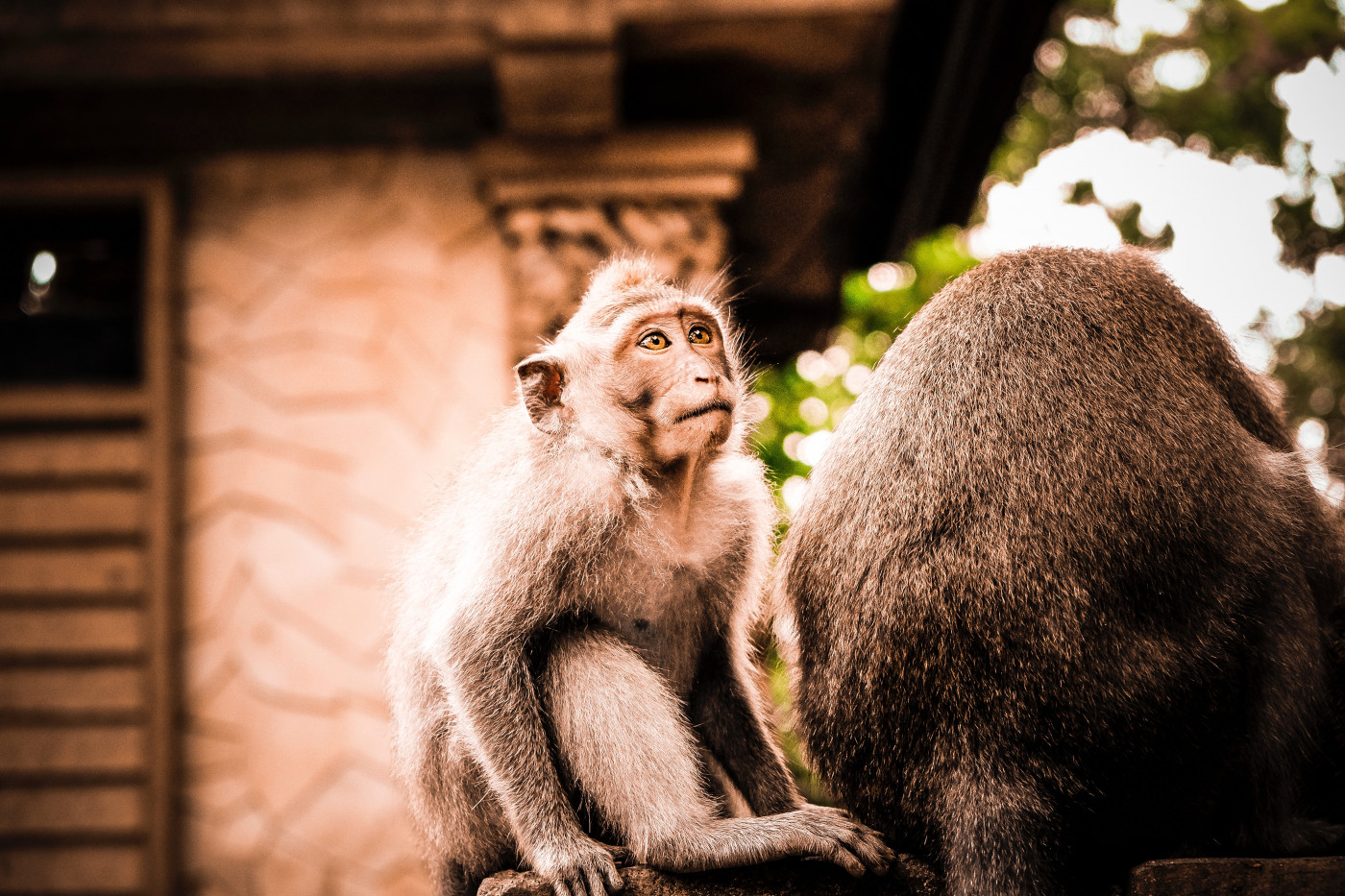Discovery of Natural CLN7 Model in Type of Monkey May Help Advance Understanding of Disease

Researchers have found a natural model of CLN7 disease, a rare form of Batten disease, in a type of monkey called a macaque, which may prove valuable in gaining insight into the disease, as well as testing therapeutic strategies, a study reports.
The study, “Discovery of a CLN7 model of Batten disease in non-human primates,” was published in the journal Neurobiology of Disease.
Batten disease is the most common group of pediatric neurodegenerative disorders, also known as neuronal ceroid lipofuscinoses (NCL), and is characterized by progressive intellectual and motor deterioration, seizures, and early death.
Patients with NCLs have defects in the processes involved in breaking down a molecule called lipofuscin, which accumulates inside lysosomes — the cellular compartment responsible for breaking down waste — and becomes toxic.
CLN7 is caused by mutations in the CLN7 gene, also known as MFSD8. This gene gives instructions to produce CLN7, a protein located at the surface of lysosomes but whose function is still unclear.
CLN7 disease is characterized by seizures, visual decline, loss of previously acquired skills, speech impairment, involuntary twitching, incoordination, and mental and motor deterioration, with symptoms typically beginning between ages 2 and 7.
The existence of animal models is crucial to investigate the disease’s underlying mechanisms, define new biomarkers of disease progression, and test potential therapies before moving to human clinical trials.
However, to date, only two CLN7 mouse models have been created, replicating some of the hallmarks of CLN7 disease seen in human patients. There have also been reports of dogs with naturally occurring mutations in the CLN7 gene.
Researchers have now identified and characterized a spontaneous macaque model of CLN7 disease, which is the first non-human primate model of any NCL discovered to date.
A group of 10 Japanese macaques, born to consanguineous parents — meaning their parents were related — at the Oregon National Primate Research Center, displayed progressive visual impairment, incoordination, tremors, impaired balance, and severe motor decline over the years.
Genetic testing revealed that the animals had naturally occurring mutations in the CLN7 gene. Among these mutations, one was newly discovered (c.769delA) and predicted to result in a shorter, non-functional CLN7 protein.
Additional analysis showed that these macaques had an accumulation of lipofuscin and other waste molecules in the brain and heart, as well as loss of nerve cells and nerve fibers that connect different nerve cells throughout the brain, compared with healthy macaques.
These animals also showed abnormal eye structure and reduced eye function early in the disease, followed by profound brain atrophy that progressed over five to six years.
However, researchers noted that one key early symptom of human CLN7 disease was absent in this group of macaques: seizures. They believe they may have missed it because the animals were living in a large outdoor space among 200 other Japanese macaques before the team detected stronger signs of motor impairment.
The three youngest macaques with CLN7 mutations are now being monitored for potential seizure activity.
This spontaneous macaque model of CLN7 disease “closely parallels the course of disease seen in children with the CLN7 form of Batten disease,” the researchers wrote.
Compared with the available mouse models, these macaques show the highest overlap of CLN7 disease features in humans, making them an invaluable tool to study the disease and evaluate promising therapeutic strategies.
The team is currently expanding the numbers of Japanese macaques with CLN7 mutations through a breeding program, as well as collecting clinical data and tissue samples to be used in Batten disease research.





